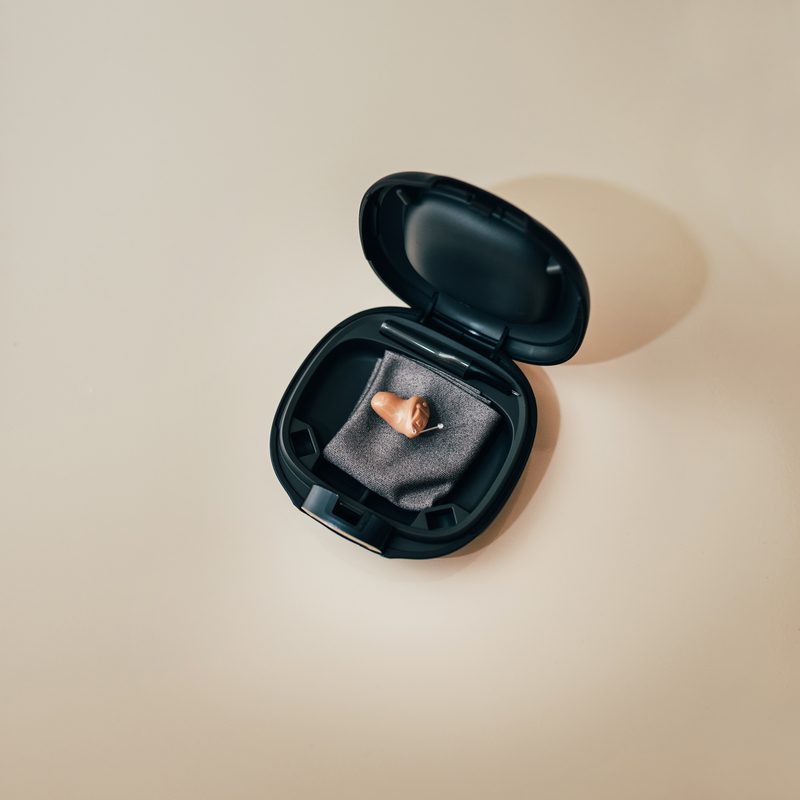Hearing aids are sophisticated devices designed to help individuals with hearing loss regain their ability to hear and participate fully in daily activities. With numerous types and advanced features available, choosing the right hearing aid can be a daunting task. This guide provides a comprehensive overview of hearing aids, including their types, features, and tips for purchase and maintenance.
Types of aids in hearing
Hearing aids come in various styles and designs to cater to different degrees and types of hearing loss. Here are the primary types:
1. Behind-the-Ear (BTE) Hearing Aids: BTE hearing aids rest behind the ear and transmit sound via a tube into an ear mold that fits inside the ear canal. They are powerful and suitable for almost all types of hearing loss.
2. In-the-Ear (ITE) Hearing Aids: ITE hearing aids fit directly inside the outer ear and are less visible than BTE aids. They come in several variations:
- In-the-Canal (ITC): These devices sit partially in the ear canal and are less noticeable.
- Completely-in-the-Canal (CIC): These are inserted deeply into the ear canal, making them nearly invisible.
- Invisible-in-Canal (IIC): Positioned even deeper in the canal than CIC, they are the least visible type.
3. Receiver-in-Canal (RIC) Hearing Aids: RIC hearing aids are similar to BTE aids but have the speaker or receiver inside the ear canal, connected to the device via a thin wire. They are smaller and offer enhanced sound quality.
4. In-the-Ear (ITE) Hearing Aids: These fill the outer part of the ear and are slightly larger than ITC devices, allowing for more features.
Features and Technologies
Modern hearing aids come with a variety of features to improve hearing and user experience:
1. Digital Signal Processing: Most hearing aids today are digital, converting sound into digital signals and allowing for more precise sound processing.
2. Noise Reduction: Advanced hearing aids can differentiate between speech and background noise, reducing unwanted noise to improve clarity.
3. Directional Microphones: These help focus on sounds coming from a specific direction, usually from in front of the user, which is particularly useful in noisy environments.
4. Bluetooth Connectivity: Bluetooth-enabled hearing aids can connect to smartphones, tablets, and other devices, allowing users to stream audio directly into their hearing aids.
5. Rechargeable Batteries: Many modern hearing aids come with rechargeable batteries, eliminating the need for frequent battery changes.
6. Telecoil: A telecoil allows hearing aids to pick up sound directly from compatible telephones and public sound systems, improving sound quality and clarity.
7. Tinnitus Masking: Some hearing aids offer tinnitus masking features that help manage the ringing or buzzing sounds associated with tinnitus.
8. Remote Control: Remote controls or smartphone apps can adjust the settings on the hearing aids, providing convenience and flexibility.

